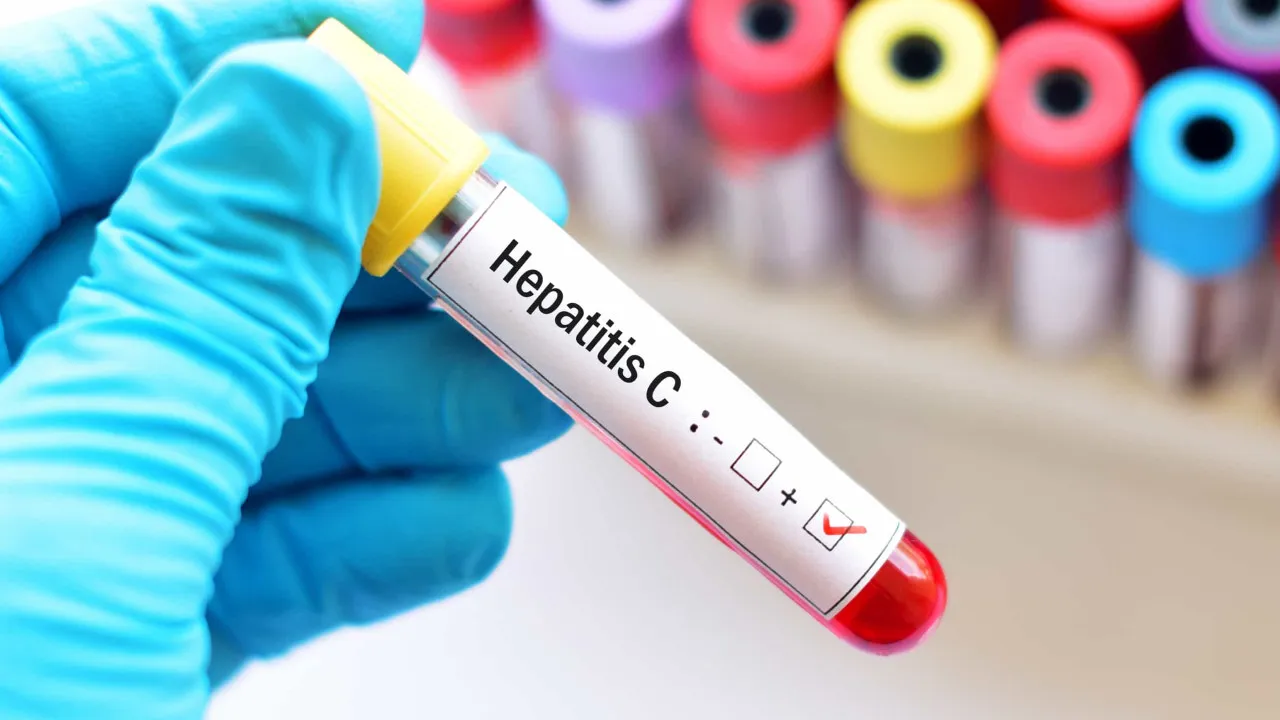
Within the prison population, the percentage rises to 98%, according to conclusions from the report by the Directorate-General of Health (DGS). The report also highlights that in 2024, there were fewer hospitalizations due to chronic hepatitis C and an increase in liver transplants, with a decline in cases associated with hepatitis B and C.
It is also noted that, in the past two years, there has been a 40% reduction in the number of days between the authorization of hepatitis C treatment and its commencement.
“The cure rate is almost 100%. This is unique in medicine. A person can have the disease for 30 or 40 years, a disease that can be fatal, that causes liver cancer, and they can take pills without side effects for a few months and be almost 100% cured. This is unique and a very positive aspect for Portugal,” summarized Rui Tato Marinho, director of the National Program for Viral Hepatitis at the DGS.
In statements to Lusa, on the sidelines of the PNHV 2025 report presentation session held today at the Porto Prison (Custoias, Matosinhos municipality), the director highlighted the “brutal” percentage of 97% cure, as well as the “almost complete” elimination in the context of dialysis and the “brutal” reduction in hospitalizations.
“Moreover, when a person eliminates the virus, they stop infecting others and the disease almost stops: if they don’t have cirrhosis, they won’t get it, and if they have cirrhosis, the risk of liver cancer is reduced. If the patient is a woman, she stops transmitting it to her children. Sexual transmission ceases to exist. The virus could also affect brain function, and in this regard, improvements are also noted,” he stated.
According to the report, the number of authorized treatments increased by 7% compared to the previous year, with 2,216 new treatments authorized.
“However, we consider this waiting time [between request and start of treatment] still excessive, and above all with marked asymmetries nationally. Thus, the program’s goal remains to promote immediate access to hepatitis C treatment at the time of medical prescription, ensuring patients’ connection to healthcare,” the report states.
Recalling that in 2015, Portugal adopted the strategy of treating, with direct-acting antivirals (DAA), all individuals living with hepatitis C regardless of the disease stage, Rui Tato Marinho highlighted that treatment “is given to people without stigmatization.”
“Whether they are imprisoned, poor, rich, 80 years old, it doesn’t matter. What matters is treating people for free. Few countries in the world, even in Europe, provide this to everyone, without stigma — Portugal is excellent in this aspect, not stigmatizing or criminalizing those who have a different life — whether it’s hepatitis B or C treatment,” he added.
The report also highlights that Portugal was one of the first countries, both in Europe and worldwide, to implement this treatment strategy aiming for the elimination of hepatitis C by 2030, “in full alignment with the goals of the World Health Organization (WHO).”
“At the time of this report’s drafting, the most recent data monitoring hepatitis C treatment through the Infarmed Hepatitis C Portal indicate that 36,363 treatments have been authorized, of which 33,735 had already begun,” it states.
The PNHV report also emphasizes the improvements in data collection and integration concerning viral hepatitis in Portugal, with a significant increase in notifications of hepatitis A, B, and C, reflecting better coordination between clinical and laboratory notifications.
The document’s summary notes an increase in screening tests and prescribing ALT [Alanine Aminotransferase] in primary healthcare, contributing to a broader assessment of liver health.
The number of prescriptions rose from 1.6 million in 2019 to 2.6 million in 2024.




